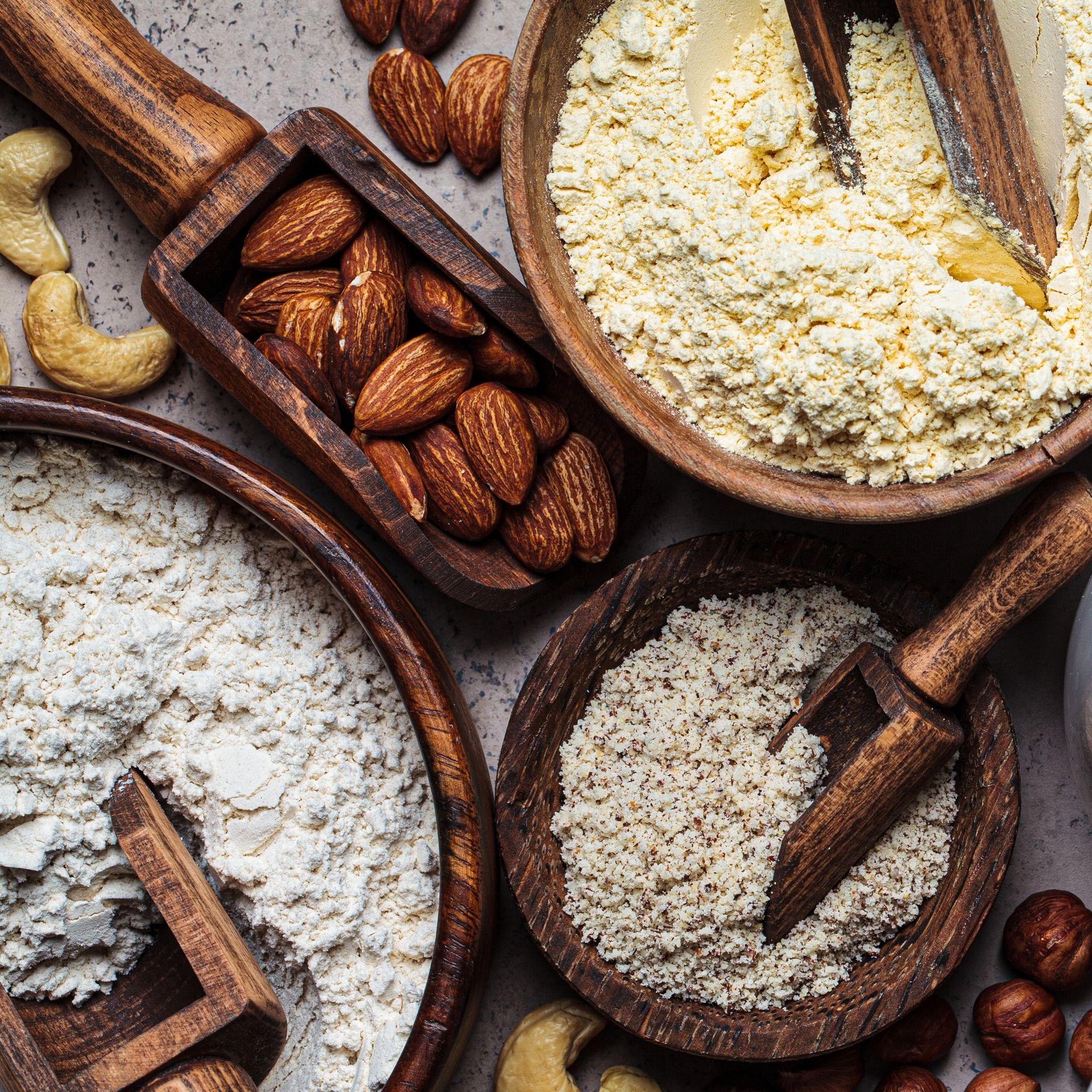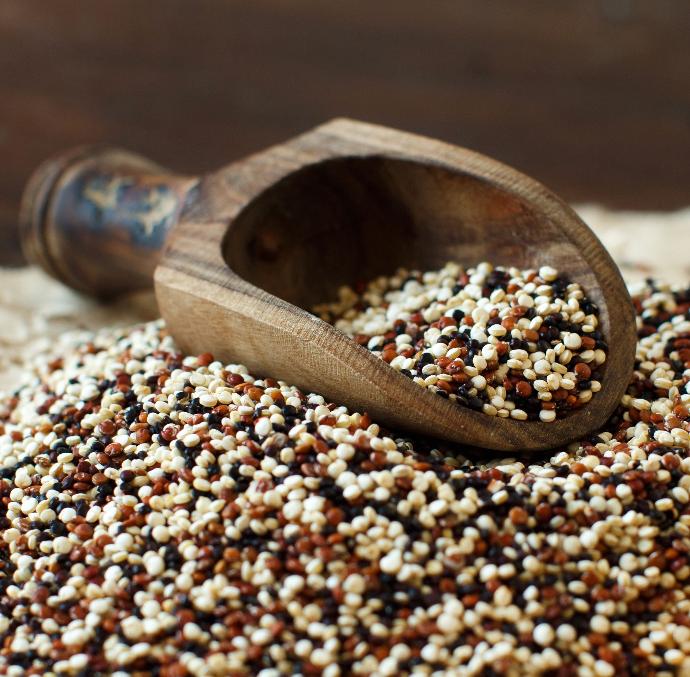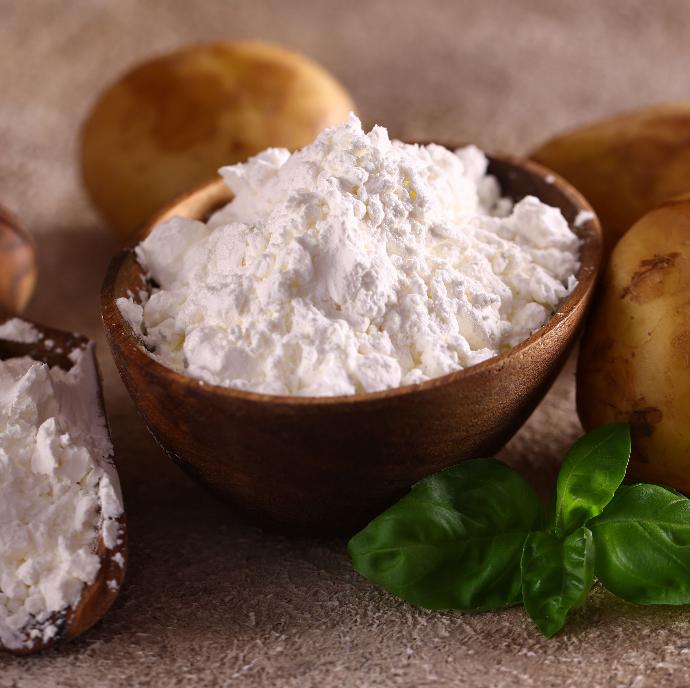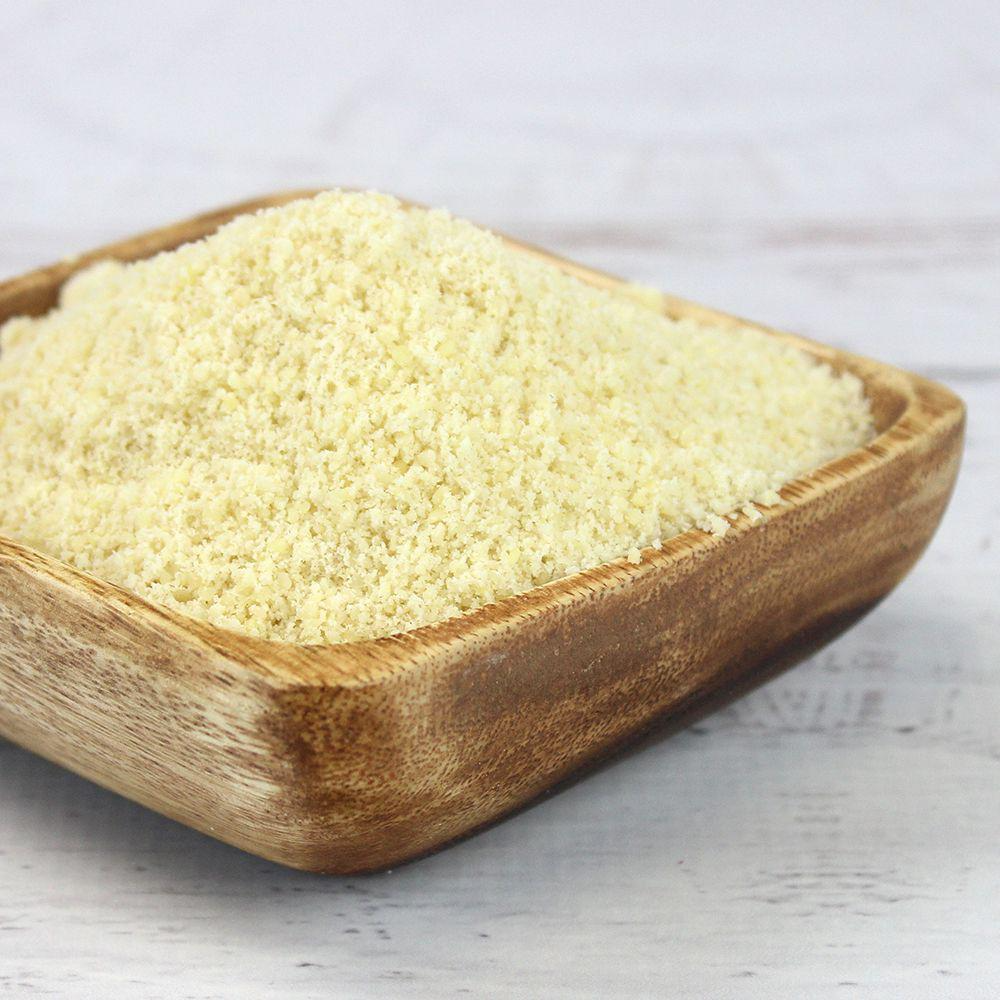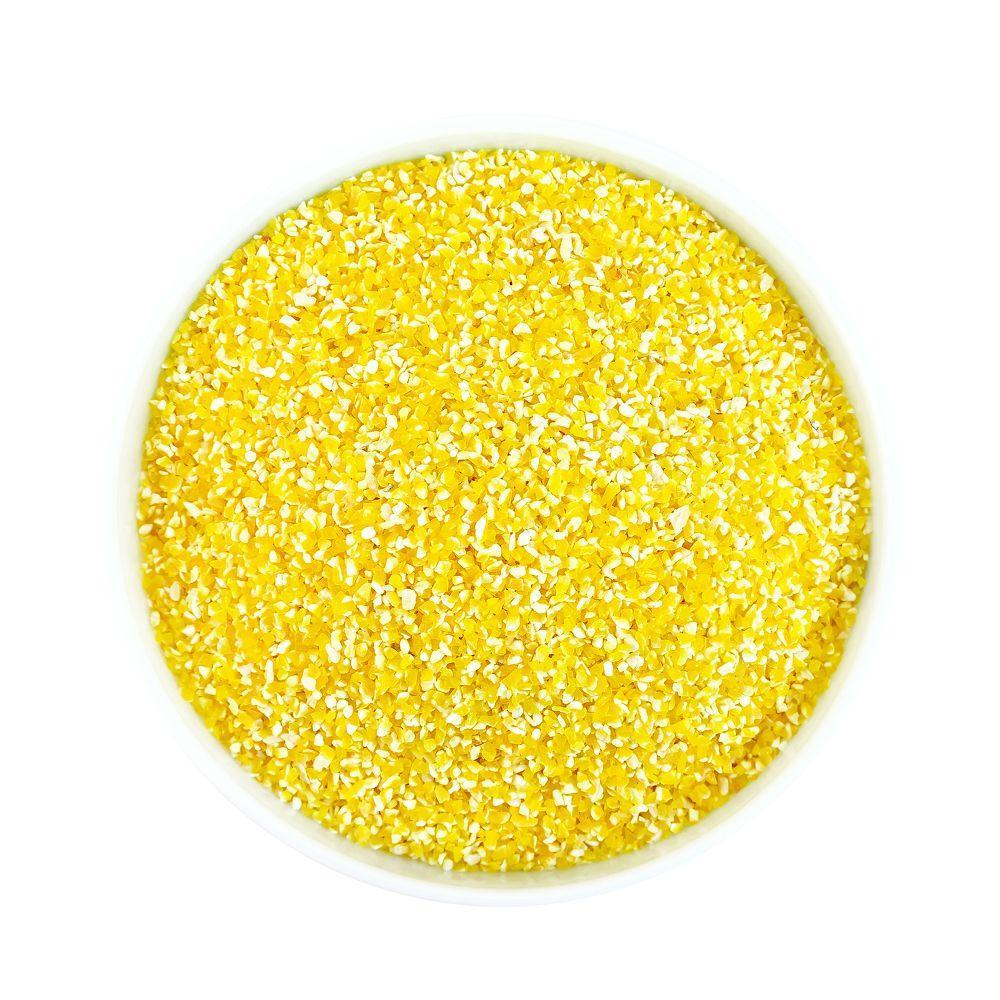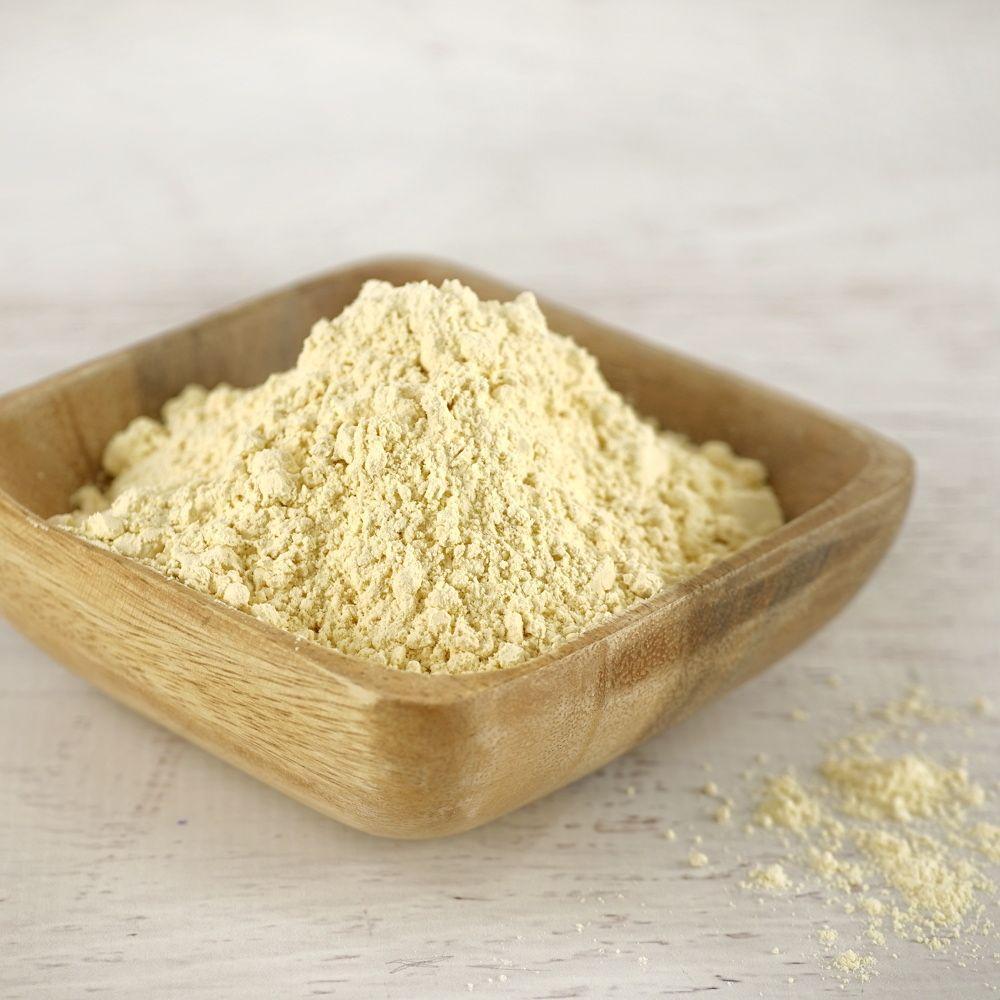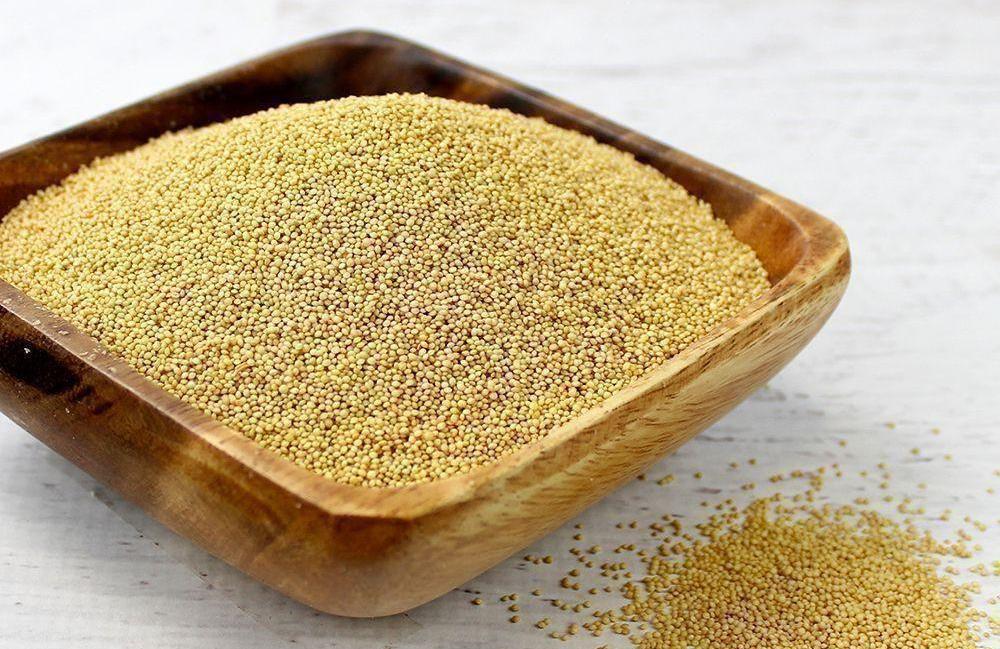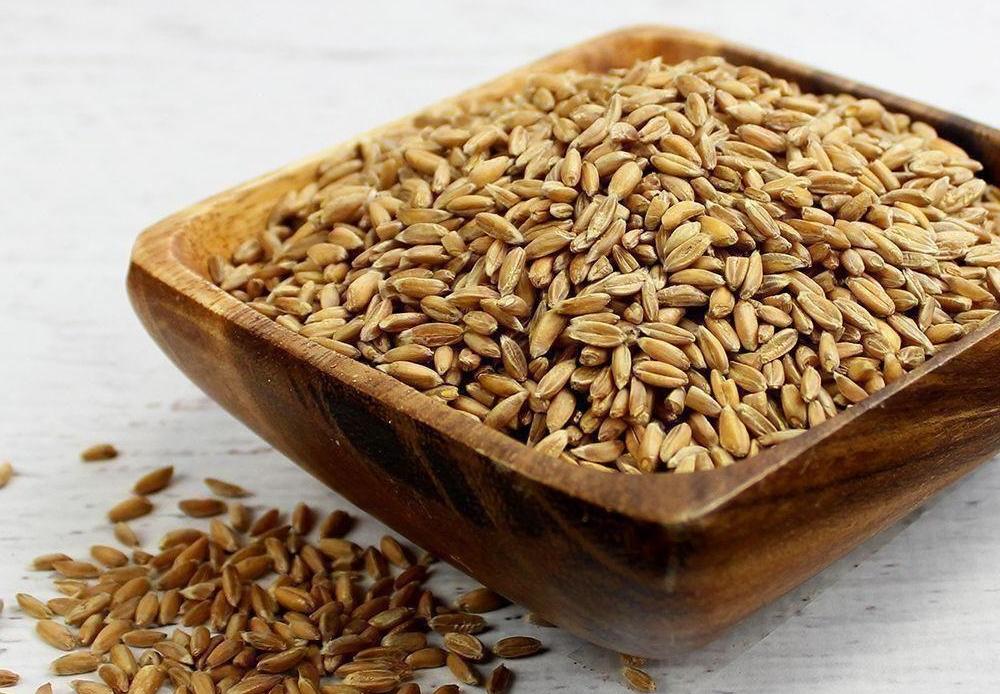As health consciousness grows and dietary preferences evolve, there's an increasing interest in reducing gluten intake, not just among those with celiac disease but also among many seeking a healthier lifestyle. There are an increasing number of books on the market on the dietary costs of eating too much gluten, which is unfortunately the norm in the west. Reducing gluten can lead to improved well-being and digestion, and increasing levels of evidence suggests it will decrease inflammation, thus helping with a variety chronic health issues.
Here is a product lineup is designed for those who are mindful of their gluten intake. The facilities handling these products are responsible for wheat products as well, so though some of these products are naturally free of gluten, there can be no strict guarantee that there won't be trace amounts. As such, we provide these recommendations to our readers for those who are interested in reducing their overall gluten intake, but would like tasty alternatives for their cooking. Many of these products can be used as substitutes but be careful, the portions required may differ so be sure to pay close attention to that information, which will be provided below for your benefit.
Discover our full range of products that support a reduced-gluten lifestyle. From flours and tart shells to innovative molecular gastronomy tools, our selection provides you with the resources to create delightful, health-conscious meals
Nut, Rice & Cornmeal Flours
Welcome to our selection of nut flours. Coming from a separate source than wheat flours, these are naturally devoid of gluten. They boast different traits, and you will find some variations in the feel when you bake or cook with them, but once you have learned how to use these flours, you will have increased the tools in your toolkit for baking wonderful desserts. Take the Blanched Almond Flour for instance. This best seller of ours has a higher content of (healthy) fats, which leads to a baked good that is more moist and tender. However, you must compensate for the lack of gluten with a higher amounts of binding agents. You will need to adjust your baking to different flours to master their use, but once you have, you will realize that different can be an improvement when it comes to these flours.
Blanched Almond Flour
Our Blanched Almond Flour is meticulously ground from whole almonds, with their skins removed, to provide a smooth texture and a subtle, nutty flavour. This flour is a powerhouse of protein and vitamin E, making it an excellent, nutritious staple for both sweet and savoury recipes. In baking, almond flour has differences from all purpose flour. It's much higher in fat and lower in carbohydrates, which means it can make baked goods more moist and tender. However, because it lacks gluten, recipes will require modifications, such as an increase in eggs or binding agents, to ensure proper structure.
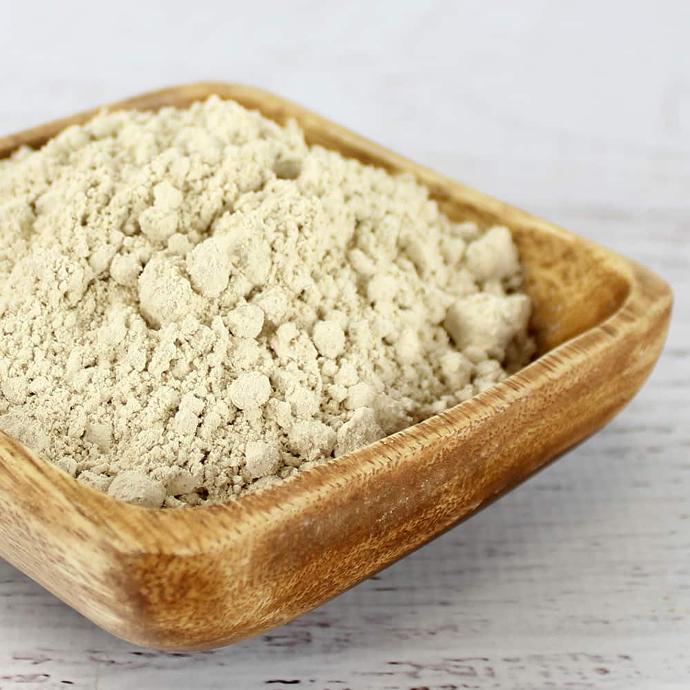
Ground Chestnut Flour
Delve into the rich, sweet profile of this flour often used in traditional Italian recipes for your baking. Often combined with other gluten-free flours to achieve the desired texture, it's perfect for creating nutty, sweet confections and dense cakes
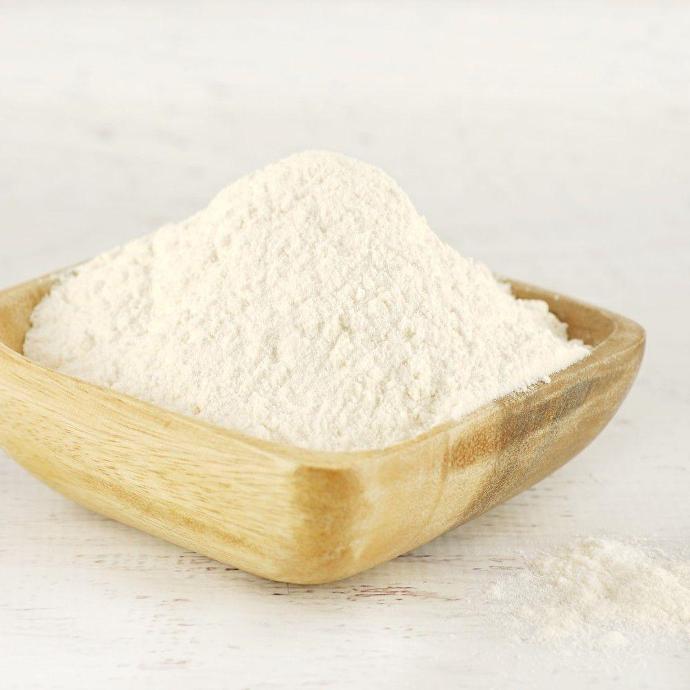
Glutinous Rice Flour
Though called glutinous for its sticky properties, this flour is perfect for making mochi or thickening sauces. This flour adds a chewy texture to dishes, which is a stark contrast to the crispiness you might achieve with other thickeners like cornstarch.

Blue Cornmeal
Bring a pop of colour to your dishes with Blue Cornmeal. It's an excellent base for making unique and visually appealing cornbread or muffins. When using blue cornmeal, expect a coarser texture than regular cornmeal, a texture which can introduce a hearty crunch to your recipes.
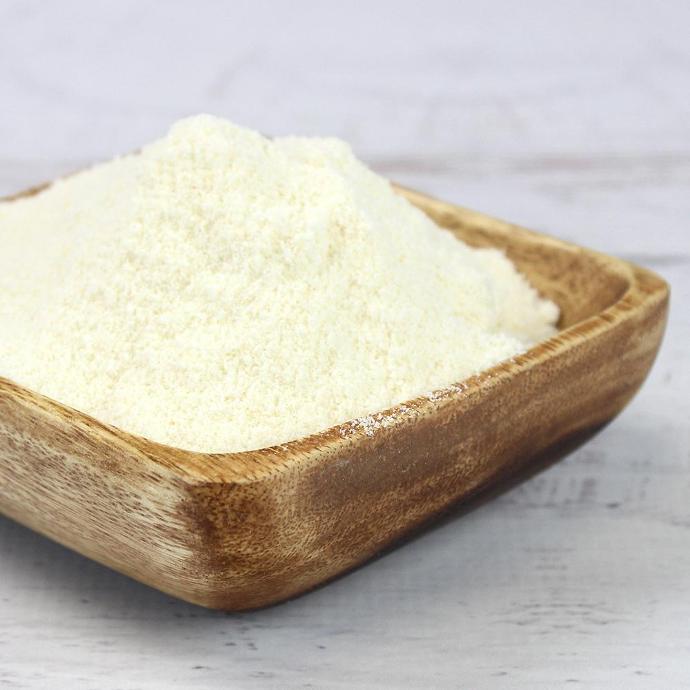
Coconut Flour
Incorporate the light, airy texture of coconut flour! Perfect for pancakes, muffins, and cakes, it’s highly absorbent, requiring extra eggs or liquids to prevent dryness. The subtle coconut flavour adds a light, fluffy texture to your baked goods, making it an excellent choice for delicate pastries and tender cookies.
Yellow Cornmeal
Yellow Cornmeal, a sweet-flavored and rustic staple in many kitchens, is celebrated for its versatility. Primarily known for giving cornbread its grainy texture and golden hue, it also finds use in various other kitchen tasks. Beyond its baking prowess, Yellow Cornmeal is excellent for dusting pans to prevent sticking, thickening stews like chili for added texture, and providing a crispy coating for fried foods. Its dual role in enhancing both the structure and flavour of dishes makes it an invaluable component in diverse culinary applications

Masa Corn Flour
Masa Corn Flour is perfect for authentic Mexican dishes like tortillas and tamales, offering a traditional corn flavour and texture. It's key for achieving the consistency and taste essential to Latin cuisine.
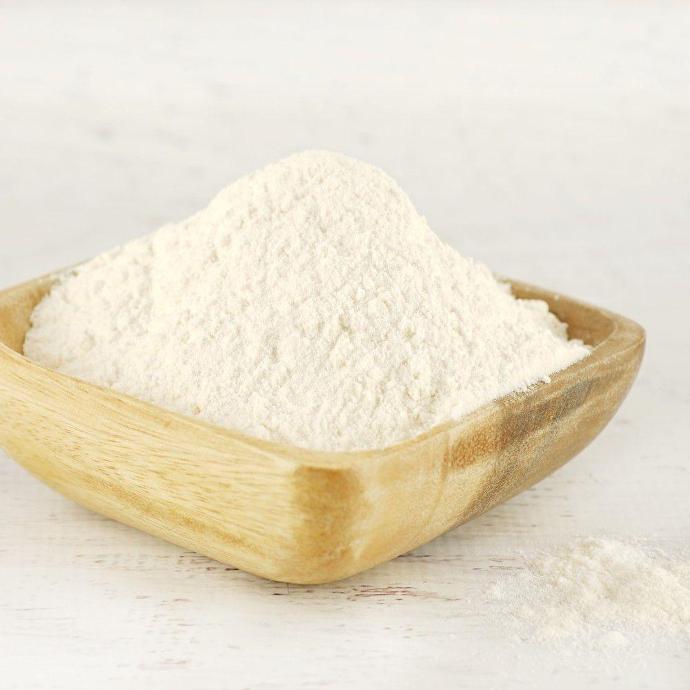
White Rice Flour
White Rice Flour provides a mild, light texture ideal for cakes and cookies. It offers a smoother finish in baked goods and acts as a subtle thickener for sauces, lighter than all-purpose flour.

Brown Rice Flour
Rich in nutrients and naturally gluten-free, Brown Rice Flour is ideal for creating tender, flavorful baked goods. It gives a heartier texture to breads and muffins compared to all-purpose flour.
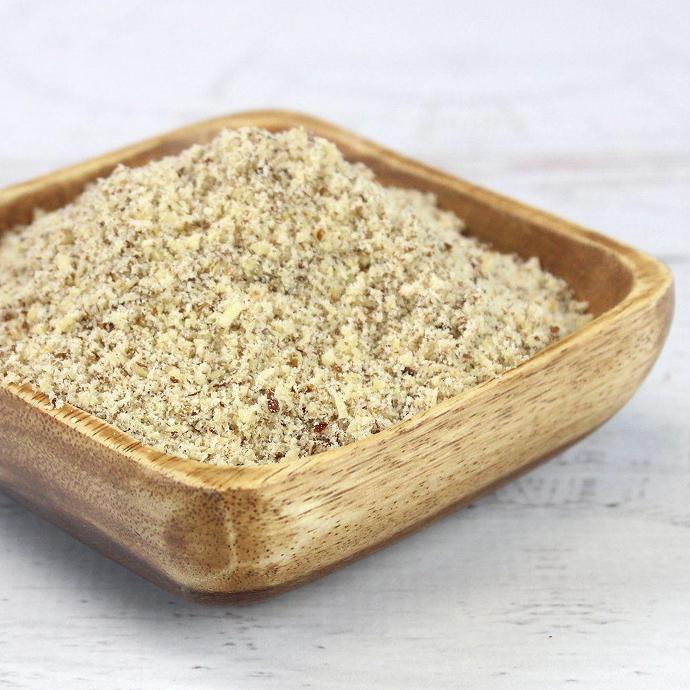
Ground Filbert (Hazelnut)
Ground Filbert's rich, nutty flavour is perfect for adding depth to pastries. It provides a finer texture suitable for breading, offering a flavourful alternative to all-purpose flour in coatings and crusts.
Chick Pea Flour
Chick Pea Flour, also known as garbanzo bean flour, is a staple in many global cuisines for its dense texture and slightly nutty flavour. This flour excels in recipes where traditional flours might be used, such as in batters for deep-fried vegetables or savory pancakes, providing a rich consistency that enhances both taste and nutrition. Unlike all-purpose flour, Chick Pea Flour also acts as an effective thickener for soups and sauces and is essential for Mediterranean and Indian dishes like falafel and bhajis. Its high protein and fibre content make it a nutritious addition to any meal, offering more health benefits compared to traditional wheat flours.
Molecular Gastronomy
Molecular gastronomy offers innovative solutions for chefs and home cooks looking to replace gluten in their recipes. Utilizing advanced culinary additives like xanthan gum and guar gum, these tools allow for precision in texture and stability that traditional ingredients cannot provide. These substances are particularly valuable in gluten-free cooking, where achieving the right consistency and mouthfeel can be challenging due to the absence of gluten. By incorporating these modern ingredients, cooks can explore new culinary landscapes and perfect the texture of their gluten-free dishes.
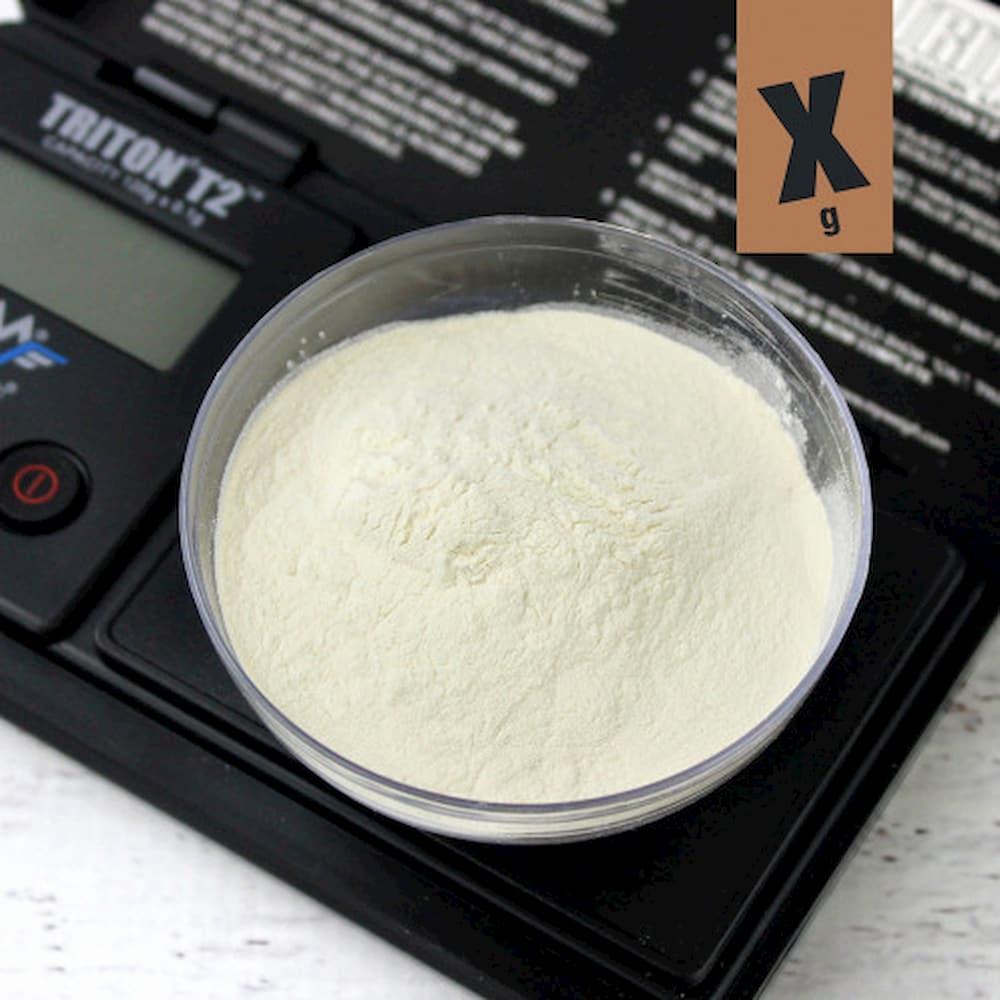
Xanthan Gum
Xanthan gum, a versatile and essential additive in modernist cuisine, is derived from fermented sugars and exhibits a unique ability to stabilize and thicken without altering flavour or colour. It excels in applications ranging from emulsifying dressings to enhancing the structural integrity of gluten-free baked goods. Its solubility in both hot and cold water, along with its stability under various temperature and pH conditions, makes it a dependable choice for a broad spectrum of culinary tasks.
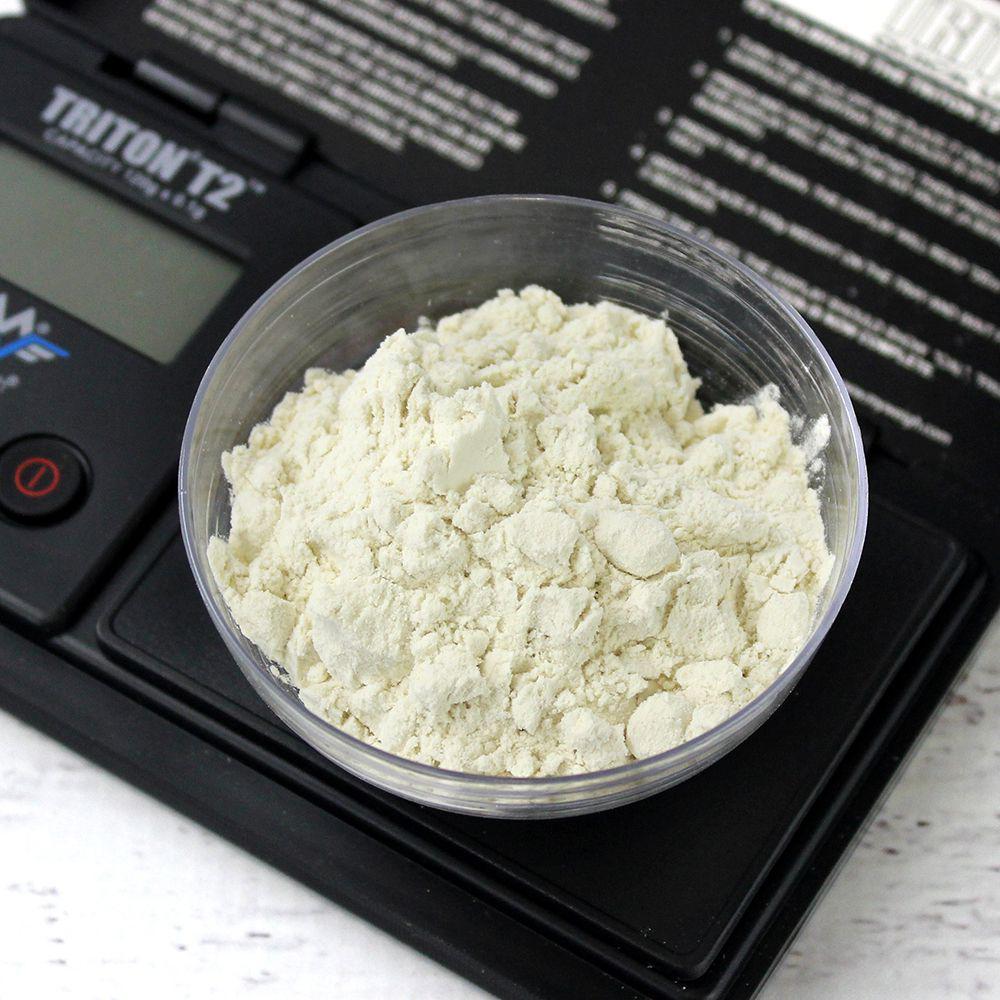
Gum Guar 200 Mesh
Guar Gum, sourced from the guar plant, serves as a powerful thickener and stabilizer in a myriad of culinary applications. This economical additive is highly efficient, requiring smaller quantities compared to traditional thickeners like cornstarch. It is particularly effective in preventing ice crystal formation in frozen products and ensuring a smooth, creamy texture in ice creams. Additionally, its application in pastries helps to manage moisture, preventing fruit fillings from weeping and contributing to the texture and volume of gluten-free bread.
More Alternatives
Amaranth Grain
Discover Amaranth, an ancient grain that has been a nutritional staple for centuries. Known for its earthy, nutty flavour, amaranth is not only free of gluten but also exceptionally rich in protein, fibre, and micronutrients like iron and magnesium. Its versatility makes it ideal for a variety of dishes, from hearty breakfast porridges to robust salads, providing a wholesome alternative to traditional grains.
Farro Grain
Embrace the hearty texture and rich, nutty flavor of Farro, an ancient grain cherished since antiquity. While farro contains gluten, it is often considered to have a lower amount than modern wheat and may be easier to digest for those with mild gluten sensitivities. Perfect for adding depth to soups, salads, and risottos, farro enhances every dish with its robust nutritional profile, offering a slice of history in every bite.

Arrowroot Starch
Introduce Arrowroot to your pantry as a premium alternative to traditional thickeners like flour or cornstarch. Its neutral flavour and ability to thicken without altering the taste of your dishes make it ideal for refined sauces, gravies, and desserts. Plus, its low-heat stability surpasses that of cornstarch, ensuring perfect consistency every time.
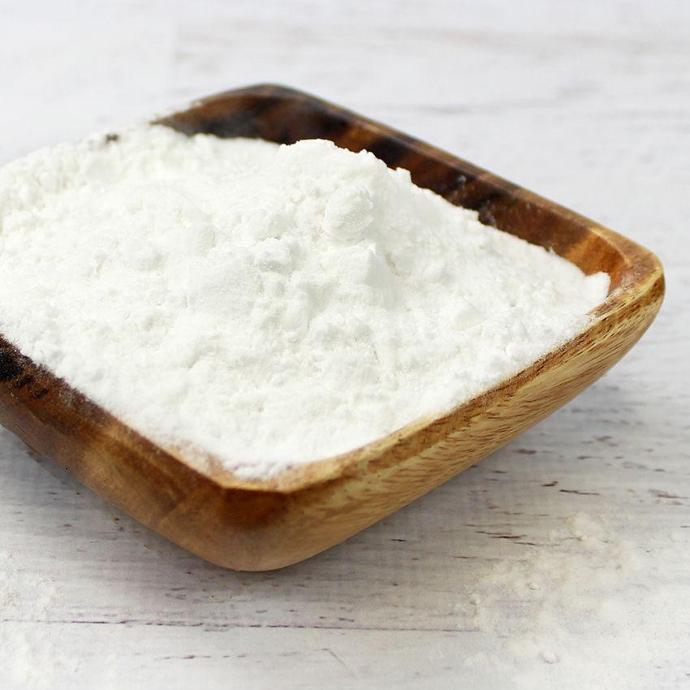
Potato Starch
Opt for Potato Starch when your recipes demand high-temperature cooking. Unlike Arrowroot, which requires gentle heating, Potato Starch excels under intense conditions without losing its thickening power. This makes it ideal for hearty stews and soups that need to simmer for extended periods, offering a practical alternative in your culinary toolkit.
As you've explored our blog, you've seen just how diverse and versatile gluten-free cooking can be. From our Gluten-Free Tart Shells perfect for your next dessert creation to a broad array of gluten-free flours like Almond, Buckwheat, and Coconut, each product offers unique properties that enrich both taste and texture in your kitchen creations. Whether you're engaging in molecular gastronomy with our Xanthan and Guar gums or baking a traditional loaf with our specialized flours, the possibilities are endless.
We hope this guide has inspired you to experiment with these gluten-free alternatives, enriching your cooking and baking repertoire. Remember, going gluten-free doesn't mean compromising on flavour or creativity. It's about discovering new ways to enjoy the foods you love while catering to dietary needs and preferences. So grab your apron, select a product from our gluten-free range, and start crafting delicious, health-conscious meals that everyone can enjoy. Happy cooking!
